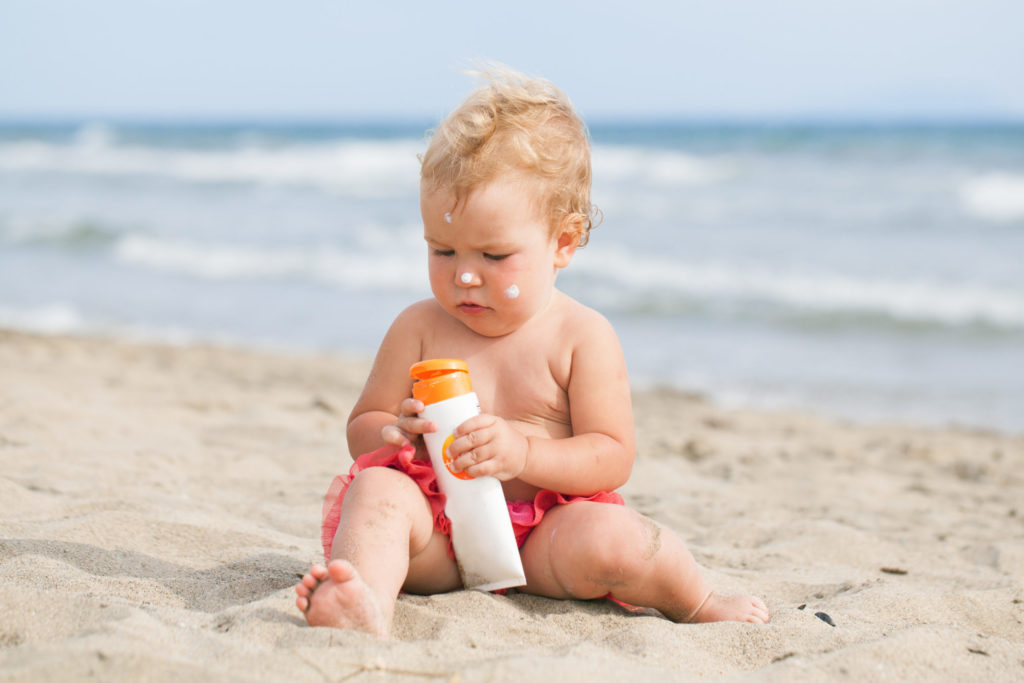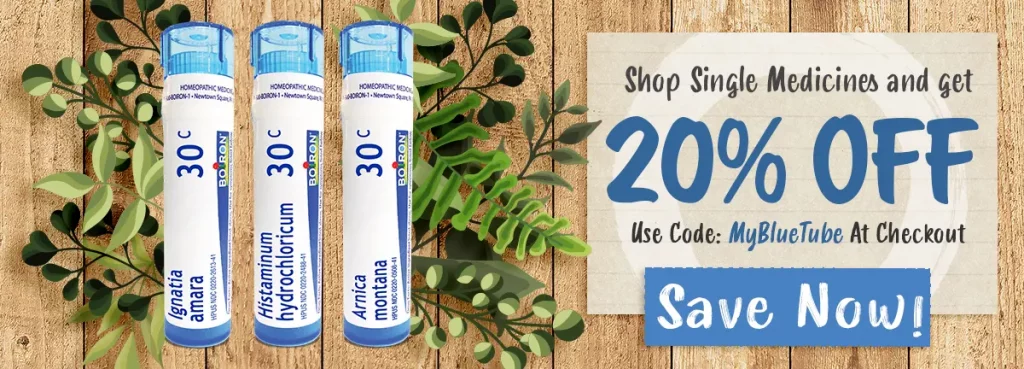Expert Tips on Choosing Safe Sunscreen
Last updated on July 28th, 2022 at 10:32 am

Summer is the season for all kinds of skin complaints, and sunburn is one of the most serious. Boiron Calendula Cream offers soothing relief when applied after exposure, but sunscreen is essential to preventing skin damage before it happens. In this post, Shirley Madhère, MD, shares everything you need to know for choosing safe and effective sunblock.
Summertime means more time in the sun, and who doesn’t like a nice summer glow? But finding the right sunscreen is key to soaking up some vitamin D safely. We already know it’s important to protect our skin from damaging rays, but not all sunscreens are created equal. The first step when shopping for sun protection is to understand how different sunscreens work.
There are two types of sunscreen: mineral and chemical. Mineral sunscreens protect you from harmful UV rays by sitting on top of your skin. Chemical sunscreens work by seeping into your skin to absorb those rays. You can probably guess which is better for you.
Below are some things to keep in mind when shopping for sunscreen.
What to Look For
Broad Spectrum: This means the sunscreen protects against both UVB and UVA rays. UVB rays are the rays that burn the skin and cause sunburn, but UVA rays are just as harmful — they penetrate deeper into your skin and can accelerate aging. A product’s SPF (sun protection factor) tells you how much the product protects you from UVB rays; the SPF does not tell you how much it protects you from those dangerous UVA rays. Both UVA and UVB rays can cause skin cancer. Even if you don’t leave the beach with a sunburn, UVA rays can still do some major damage, so it’s best to make sure you’re protected from both by choosing a broad spectrum sunscreen.
Mineral Ingredients: Zinc oxide and titanium dioxide are the mineral ingredients to look for when shopping for sunscreen. They protect against both UVB and UVA rays and don’t seep into your bloodstream. Because they work by sitting on the surface of your skin to provide a protective barrier, they start working right away. Chemical sunscreens, on the other hand, need to be applied 20 minutes before going out into the sun. As a bonus, zinc is also known to help calm and soothe skin.
Go for lotion over spray: While aerosol sunscreens might seem more convenient, they can easily be inhaled. Even if the ingredients are safe on your skin, they can be harmful when inhaled. Aerosol sunscreens are also less likely to provide a thick and even coating on your skin.
What to Avoid
Chemical Synthetic Ingredients: Most common sunscreens fall under the category of chemical sunscreens and work by seeping into your skin and absorbing the sun’s rays. Common synthetic ingredients include oxybenzone, octinoxate, avobenzone, octisalate, octocrylene, and homosalate. Basically, if you can’t pronounce it, you probably shouldn’t be lathering it all over your skin. Not only are these ingredients more likely to cause allergic skin reactions, studies have shown they can seriously mess with your hormones. Plus, they’re bad for the environment. Two of these ingredients, oxybenzone and octinoxate, have recently been banned in Hawaii because they’re so harmful to the coral reef.
Vitamin A: You may be familiar with vitamin A, or retinyl palmitate, an ingredient often used in skin care products for its antiaging benefits. While it works great as a night cream (and should always be followed by sunscreen the next day), retinol is not something you want to be putting on your skin as you prepare to soak up some rays. Research shows that sunscreens containing vitamin A can actually accelerate the growth of lesions and tumors.
Be wary of anything higher than SPF 50: As you now know, SPF only describes a product’s protection against UVB rays, the ones that cause sunburn. So while you may not be getting burned when using a higher SPF, you aren’t necessarily protecting yourself from UVA rays, which penetrate deeper into your skin. A higher SPF can also give you a false sense of security, making you less likely to reapply regularly.
When in doubt, check out the Environmental Working Group’s guide for a list of safe sunscreens that you can feel good about applying — and reapplying — all summer long!
Dr. Shirley Madhère is a New York-based plastic surgeon who founded the philosophy of Holistic Plastic Surgery. She is an Associate Adjunct Surgeon at the prestigious New York Eye, Ear and Throat Infirmary of Mount Sinai. More tips like these can be found on her website and by tuning into her Forever FAB podcast on Apple for all things fashion, health, and beauty.
This post is provided in part by the Institute of Integrative Nutrition (IIN) and has appeared on Dr. Madhère’s website,ElementsandGraces.com.




